ØĒÛا ØŪŲاØĻÚŊاŲâŲØ§Û ŲØąØēØīÚĐØ§ØąØ§Ų ØŊŲÚĐØŊŲ اŲŲ
ŲūÛÚĐ ØĻا ÚĐاŲØŠÛŲØą ØģاØŪØŠŲ ØīØŊŲâاŲØŊØ
Apr 27,2025
ØĒÛا ØŪŲاØĻÚŊاŲâŲØ§Û ŲØąØēØīÚĐØ§ØąØ§Ų ØŊŲÚĐØŊŲ اŲŲ
ŲūÛÚĐ ØĻا ÚĐاŲØŠÛŲØą ØģاØŪØŠŲ ØīØŊŲâاŲØŊØ
ØŊŲÚĐØŊŲ اŲŲ
ŲūÛÚĐ ØģŲÚŊ ØĻŲØ§Û Ø§ÛŲ ØĻاØēÛâŲا اØģØŠ Ų ŲØēØ§ØąØ§Ų ŲØąØēØīÚĐØ§Øą ØąØ§ ØŊØą ØŠØĢØģÛØģØ§ØŠÛ ÚĐŲ ØŠØđاØŊŲ ØĻÛŲ ØđŲ
ŲÚĐØąØŊØ ŲūاÛØŊØ§ØąÛ Ų ØĻŲØąŲâŲØąÛ ŲØēÛŲŲ ØąØ§ ØĻØąŲØąØ§Øą Ų
ÛâÚĐŲŲØŊØ ØŊØą ØŪŲØŊ ØŽØ§Û Ų
ÛâØŊŲØŊ. ØŊØą ØاŲÛ ÚĐŲ ØģاØēŲâŲØ§Û ØĻØŠŲÛ ØģŲØŠÛ ØšØ§ŲØĻ ŲØģØŠŲØŊØ ØŪاŲŲâŲØ§Û ÚĐاŲØŠÛŲØąÛ ŲūÛØīâØģاØŪØŠŲ ØĻŲ ØđŲŲاŲ ÛÚĐ ØŽØ§ÛÚŊØēÛŲ ŲŲØĒŲØąØ§ŲŲ ØŊØą ØاŲ ØļŲŲØą ŲØģØŠŲØŊ. اŲ
ا ØĒÛا ØĒŲŲا ŲاŲØđاŲ ØŊØą اŲŲ
ŲūÛÚĐ Ø§ØģØŠŲاØŊŲ Ų
ÛâØīŲŲØŊØ ØĻÛاÛÛØŊ ŲŲØī ØĒŲŲا ØąØ§ ØŊØą ØŊŲÚĐØŊŲâŲØ§Û ŲØąØēØīÛ Ų
ØŊØąŲ Ų اØģ؊اŲØŊØ§ØąØŊŲØ§Û ØģØŪØŠÚŊÛØąØ§ŲŲâØ§Û ÚĐŲ ØĻاÛØŊ ØąØđاÛØŠ ÚĐŲŲØŊØ ØĻØąØąØģÛ ÚĐŲÛŲ
.
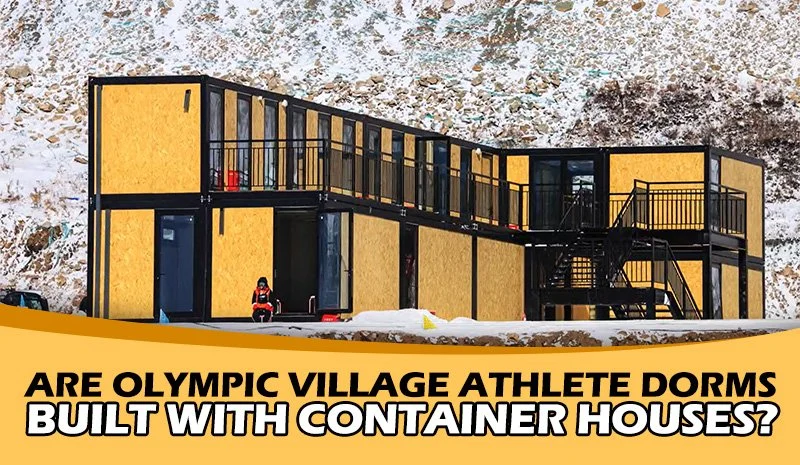
اÚŊØąÚŲ ØŪاŲŲâŲØ§Û ÚĐاŲØŠÛŲØąÛ ŲūÛØīâØģاØŪØŠŲ ŲŲŲØē ØŊØą ØŊŲÚĐØŊŲ اŲŲ
ŲūÛÚĐ ØĻŲ ØŽØąÛاŲ اØĩŲÛ ØŠØĻØŊÛŲ ŲØīØŊŲâاŲØŊØ Ø§Ų
ا ØØķŲØą ØĒŲŲا ØŊØą اŲŲ
ŲūÛÚĐ ØēŲ
Øģ؊اŲÛ ÛēÛ°ÛēÛē ŲūÚĐŲ ØĻØģÛØ§ØąÛ Ø§Øē Ų
ØąØŊŲ
ØąØ§ ØīÚŊŲØŠâØēØŊŲ ÚĐØąØŊŲ Ų ØŠŲØŽŲ ØēÛاØŊÛ ØąØ§ ØĻŲ ØŪŲØŊ ØŽŲØĻ ÚĐØąØŊŲ اØģØŠ. اÛŲ ŲاØØŊŲØ§Û Ų
ØŊŲŲØ§Øą Ų
ØēاÛØ§Û Ų
ŲØØĩØą ØĻŲ ŲØąØŊÛ ØąØ§ ØĻØąØ§Û Ų
ØģÚĐŲ Ų
ŲŲØŠ Ų ØĻا ØŠØąØ§ÚĐŲ
ØĻاŲا Ø§ØąØ§ØĶŲ Ų
ÛâØŊŲŲØŊ:
Ø·ØąØ§ØÛ Ų
اÚŲŲØ§Øą ØĻØąØ§Û Ø§ØģØŠŲØąØ§Øą ØģØąÛØđ
ÚĐاŲØŠÛŲØąŲØ§Û ØŲ
Ų Ų ŲŲŲ اØģ؊اŲØŊØ§ØąØŊ (6 Ų
ØŠØą Ã 3 Ų
ØŠØą Ã 2.8 Ų
ØŠØą) ØąŲÛ ŲŲ
ÚÛØŊŲ Ų ØĻØąØ§Û Ø§Û؎اØŊ Ų
ØŽØŠŲ
ØđâŲØ§Û ÚŲØŊ Ø·ØĻŲŲ ŲūÛÚĐØąØĻŲØŊÛ Ų
ØŽØŊØŊ Ų
ÛâØīŲŲØŊ. اÛŲ ØąŲØī ØŊØą Ų
ŲاÛØģŲ ØĻا ØģاØŪØŠ Ų ØģاØēŲØ§Û ØģŲØŠÛØ ØēŲ
اŲ ØģاØŪØŠ Ų ØģاØē ØąØ§ ؊ا 60 ØŊØąØĩØŊ ÚĐاŲØī Ų
ÛâØŊŲØŊ Ų ØĻØąØ§Û ØīŲØąŲاÛÛ ØĻا Ų
ŲŲØŠâŲØ§Û Ų
ØØŊŲØŊ Ûا ŲØķØ§Û Ų
ØØŊŲØŊ اÛØŊŲâØĒŲ اØģØŠ.
|
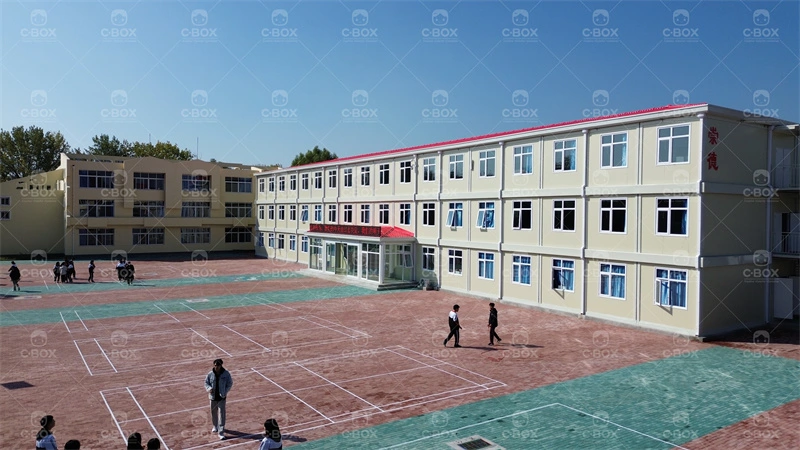
|
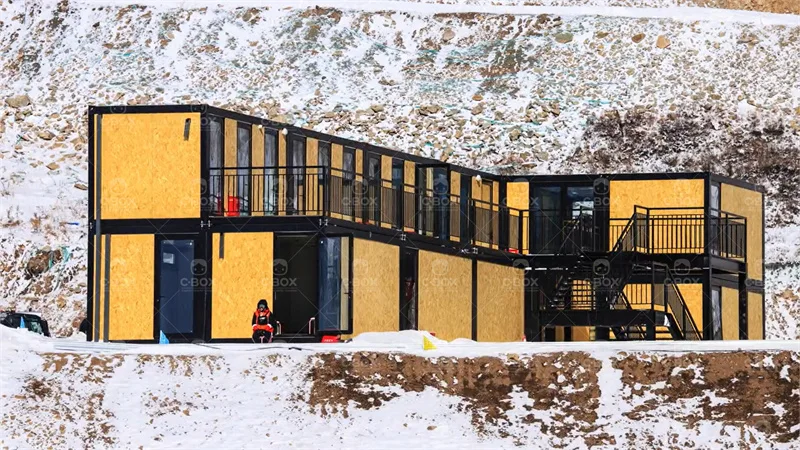
|
اØŊؚاŲ
اŲØŠØĩاØŊ ÚØąØŪØīÛ
ا؊ØĩاŲا؊ ŲūÛÚ Ų Ų
ŲØąŲâØ§Û - ŲŲ ØŽŲØīÛ - اÛŲ اŲ
ÚĐاŲ ØąØ§ ŲØąØ§ŲŲ
Ų
ÛâÚĐŲØŊ ÚĐŲ ŲاØØŊŲا ŲūØģ اØē ØĻاØēÛâŲا اØē ŲŲ
ØŽØŊا ØīØŊŲ Ų ØĻŲ ØđŲŲاŲ ŲūŲاŲÚŊاŲâŲØ§Û Ø§Ų
ØŊاØŊÛØ Ų
ØģÚĐŲ ØŊاŲØīØŽŲÛÛ Ûا ŲØŠŲâŲØ§Û Ų
ŲŲØŠ Ų
ŲØąØŊ اØģØŠŲاØŊŲ Ų
ØŽØŊØŊ ŲØąØ§Øą ÚŊÛØąŲØŊ. Ø·ØąØ§ØÛ ŲūÚĐŲ ØĻاØđØŦ ÚĐاŲØī ÛīÛ° ØŊØąØĩØŊÛ ØķاÛØđا؊ Ų
ØĩاŲØ Ų اŲØēاÛØī Ø·ŲŲ ØđŲ
Øą ØģاØēŲ ØĻŲ ÛēÛĩ+ ØģاŲ ØīØŊ.
|
...
ØĻŲØąŲâŲØąÛ ŲØēÛŲŲ
Ø·ØĻŲ ÚŊØēØ§ØąØī اŲØŽŲ
Ų ØĻÛŲâاŲŲ
ŲŲÛ ØģاØŪØŠâŲØģاØē Ų
ØŊŲŲØ§ØąØ Ų
ØģÚĐŲ ÚĐاŲØŠÛŲØąÛ ŲūÛØīâØģاØŪØŠŲ ŲØēÛŲŲâŲØ§Û ÚĐŲÛ ŲūØąŲÚŲ ØąØ§ 30 ؊ا 35 ØŊØąØĩØŊ ÚĐاŲØī Ų
ÛâØŊŲØŊ. اÛŲ ØĩØąŲŲâØŽŲÛÛâŲا اØē ØŠŲŲÛØŊ ØŠØØŠ ÚĐŲØŠØąŲ ÚĐØ§ØąØŪاŲŲ Ų ÚĐاŲØī ŲÛØąŲÛ ÚĐØ§Øą ØŊØą Ų
ØŲ ØاØĩŲ Ų
ÛâØīŲØŊ.
|
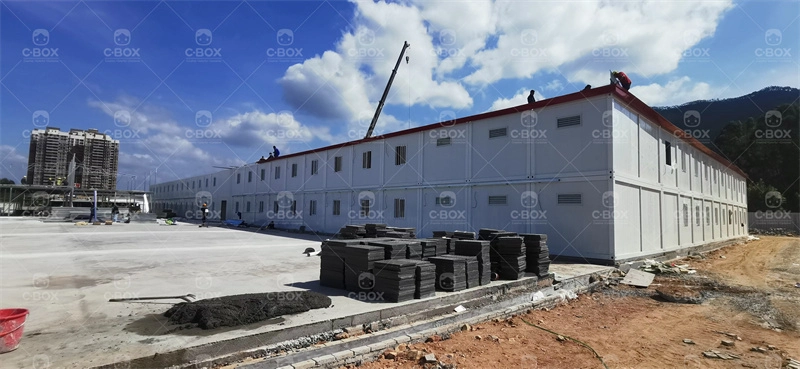
|
Ø·ØąØ§ØÛ Ų
اÚŲŲØ§Øą ØĻØąØ§Û Ø§ØģØŠŲØąØ§Øą ØģØąÛØđ
ÚĐاŲØŠÛŲØąŲØ§Û ØŲ
Ų Ų ŲŲŲ اØģ؊اŲØŊØ§ØąØŊ (6 Ų
ØŠØą Ã 3 Ų
ØŠØą Ã 2.8 Ų
ØŠØą) ØąŲÛ ŲŲ
ÚÛØŊŲ Ų ØĻØąØ§Û Ø§Û؎اØŊ Ų
ØŽØŠŲ
ØđâŲØ§Û ÚŲØŊ Ø·ØĻŲŲ ŲūÛÚĐØąØĻŲØŊÛ Ų
ØŽØŊØŊ Ų
ÛâØīŲŲØŊ. اÛŲ ØąŲØī ØŊØą Ų
ŲاÛØģŲ ØĻا ØģاØŪØŠ Ų ØģاØēŲØ§Û ØģŲØŠÛØ ØēŲ
اŲ ØģاØŪØŠ Ų ØģاØē ØąØ§ ؊ا 60 ØŊØąØĩØŊ ÚĐاŲØī Ų
ÛâØŊŲØŊ Ų ØĻØąØ§Û ØīŲØąŲاÛÛ ØĻا Ų
ŲŲØŠâŲØ§Û Ų
ØØŊŲØŊ Ûا ŲØķØ§Û Ų
ØØŊŲØŊ اÛØŊŲâØĒŲ اØģØŠ.
اØŊؚاŲ
اŲØŠØĩاØŊ ÚØąØŪØīÛ
ا؊ØĩاŲا؊ ŲūÛÚ Ų Ų
ŲØąŲâØ§Û - ŲŲ ØŽŲØīÛ - اÛŲ اŲ
ÚĐاŲ ØąØ§ ŲØąØ§ŲŲ
Ų
ÛâÚĐŲØŊ ÚĐŲ ŲاØØŊŲا ŲūØģ اØē ØĻاØēÛâŲا اØē ŲŲ
ØŽØŊا ØīØŊŲ Ų ØĻŲ ØđŲŲاŲ ŲūŲاŲÚŊاŲâŲØ§Û Ø§Ų
ØŊاØŊÛØ Ų
ØģÚĐŲ ØŊاŲØīØŽŲÛÛ Ûا ŲØŠŲâŲØ§Û Ų
ŲŲØŠ Ų
ŲØąØŊ اØģØŠŲاØŊŲ Ų
ØŽØŊØŊ ŲØąØ§Øą ÚŊÛØąŲØŊ. Ø·ØąØ§ØÛ ŲūÚĐŲ ØĻاØđØŦ ÚĐاŲØī ÛīÛ° ØŊØąØĩØŊÛ ØķاÛØđا؊ Ų
ØĩاŲØ Ų اŲØēاÛØī Ø·ŲŲ ØđŲ
Øą ØģاØēŲ ØĻŲ ÛēÛĩ+ ØģاŲ ØīØŊ.
ØģÛ
ÚĐØ§ØąØ§ÛÛ ŲūاÛÛŲ
Ø·ØĻŲ ÚŊØēØ§ØąØī اŲØŽŲ
Ų ØĻÛŲâاŲŲ
ŲŲÛ ØģاØŪØŠâŲØģاØē Ų
ØŊŲŲØ§ØąØ Ų
ØģÚĐŲ ÚĐاŲØŠÛŲØąÛ ŲūÛØīâØģاØŪØŠŲ ŲØēÛŲŲâŲØ§Û ÚĐŲÛ ŲūØąŲÚŲ ØąØ§ 30 ؊ا 35 ØŊØąØĩØŊ ÚĐاŲØī Ų
ÛâØŊŲØŊ. اÛŲ ØĩØąŲŲâØŽŲÛÛâŲا اØē ØŠŲŲÛØŊ ØŠØØŠ ÚĐŲØŠØąŲ ÚĐØ§ØąØŪاŲŲ Ų ÚĐاŲØī ŲÛØąŲÛ ÚĐØ§Øą ØŊØą Ų
ØŲ ØاØĩŲ Ų
ÛâØīŲØŊ.
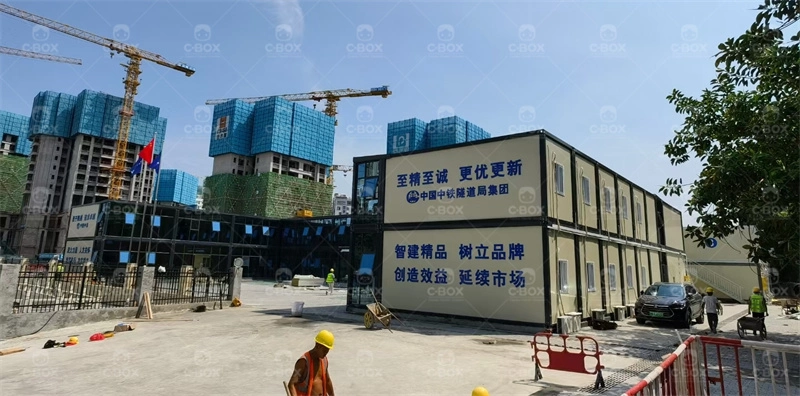
ØŊØąØĻØ§ØąŲ اØģ؊اŲØŊØ§ØąØŊŲØ§Û ØģاØŪØŠ Ų ØģاØē ØĻØąØ§Û Ų
ØģÚĐŲ ŲØąØēØīÚĐØ§ØąØ§Ų اŲŲ
ŲūÛÚĐØ ÚŲ ØĻا ØĻØŠŲ ØģاØŪØŠŲ ØīØŊŲ ØĻاØīØŊ Ų ÚŲ ØĻا ÚĐاŲØŠÛŲØąØ Ų
ØģÚĐŲ ØŊŲÚĐØŊŲ اŲŲ
ŲūÛÚĐ ØĻاÛØŊ ØģŲ Ų
ØđÛØ§Øą ØšÛØąŲاØĻŲ Ų
ذاÚĐØąŲ ØąØ§ ØŊاØīØŠŲ ØĻاØīØŊ:
Ûą. Ø·ØąØ§ØÛ ŲØąØēØīÚĐØ§Øą Ų
ØŲØą
ŲØķاŲØ§Û ŲاØĻŲ ØŠŲØļÛŲ
: ŲاØØŊŲØ§Û ÚĐاŲØŠÛŲØąÛ ŲūÚĐŲ ØīاŲ
Ų Ų
ØĻŲŲ
اŲ ؊اØīŲ Ų ŲūØ§ØąØŠÛØīŲâŲØ§Û ŲاØĻŲ ØŠŲØļÛŲ
ØĻŲØŊŲØŊ ؊ا ŲØąØēØīÚĐØ§ØąØ§ŲÛ Ø§Øē Ûą.Ûĩ Ų
ÛŲÛŲŲ ÚÛŲ
ŲاØģØŠ ؊ا Ûē.Ûą Ų
ÛŲÛŲŲ ØĻاØēÛÚĐŲ ØĻØģÚĐØŠØĻاŲ ØąØ§ ØŊØą ØŪŲØŊ ØŽØ§Û ØŊŲŲØŊ.
ØŊØģØŠØąØģÛâŲūØ°ÛØąÛ: ØŠŲ
اŲ
ŲاØØŊŲا Ų
طاØĻŲ ØĻا اØģ؊اŲØŊØ§ØąØŊŲØ§Û IPC (ÚĐŲ
ÛØŠŲ ØĻÛŲâاŲŲ
ŲŲÛ ŲūØ§ØąØ§ŲŲ
ŲūÛÚĐ) ŲØģØŠŲØŊ Ų ØŊØ§ØąØ§Û ØŊŲØīâŲØ§Û ØĒØģ؊اŲŲ ØĩŲØą Ų ŲŲØąŲūØąØŊاØēÛ ØĻا ÚĐŲØŠØąŲ ØĩŲØŠÛ Ų
ÛâØĻاØīŲØŊ.
Ûē. ØĻØąŲاŲ
ŲâØąÛØēÛ ØĻØąØ§Û Ų
ÛØąØ§ØŦ ŲūØģ اØē ØĻاØēÛâŲا
ØĒŲūØ§ØąØŠŲ
اŲâŲØ§Û ŲūÚĐŲ ÛēÛ°ÛēÛē ØĻŲ Ų
ØģÚĐŲâŲØ§Û Ų
ŲØąŲŲâØĻŲâØĩØąŲŲ ØŠØĻØŊÛŲ ØīØŊŲØŊ.
ØģاØēŲâŲØ§Û Ų
ŲŲØŠ ØĻاÛØŊ ØĻا ØĻØąŲاŲ
ŲâŲØ§Û ØŠŲØģØđŲ ØīŲØąÛ ØĻŲŲØŊŲ
ØŊØŠ ØīŲØą Ų
ÛØēØĻاŲ ŲŲ
ØģŲ ØĻاØīŲØŊ.
ØŊØą ØاŲÛ ÚĐŲ ØĻØŠŲ ŲŲ
ÚŲاŲ ؚاŲØĻ اØģØŠØ ØŪاŲŲâŲØ§Û ÚĐاŲØŠÛŲØąÛ ŲūÛØīâØģاØŪØŠŲ ØŊØą ØاŲ اÛ؎اØŊ ؎اÛÚŊاŲ ŲÛÚŲâØ§Û ØŊØą ØąŲÛØŊاØŊŲØ§Û ŲØąØēØīÛ ÚĐŲÚÚĐâØŠØą Ų Ų
ØąØ§ÚĐØē ØĒŲ
ŲØēØīÛ ŲØģØŠŲØŊ. Ų
ØŊŲŲØ§Øą ØĻŲØŊŲØ ŲūاÛØŊØ§ØąÛ Ų Ų
ØēاÛØ§Û ŲØēÛŲŲâØ§Û ØĒŲŲا ÚĐاŲ
ŲاŲ ØĻا ŲØīØ§Øą ÚĐŲ
ÛØŠŲ ØĻÛŲâاŲŲ
ŲŲÛ Ø§ŲŲ
ŲūÛÚĐ ØĻØąØ§Û ØĻاØēÛâŲØ§Û ÚĐŲ
âÚĐØąØĻŲ ŲŲ
ØģŲ اØģØŠ. ØĻØąØ§Û ØīŲØąŲاÛÛ ÚĐŲ ØĻŲ ØŊŲØĻاŲ Ų
ÛØēØĻاŲÛ Ø§ŲŲ
ŲūÛÚĐ ŲØģØŠŲØŊØ ØąØ§ŲâØŲâŲØ§Û ØŠØąÚĐÛØĻÛ - ØŠØąÚĐÛØĻ ØģاØēŲâŲØ§Û ØŊاØĶŲ
Û ŲØŊÛŲ
Û ØĻا ŲاØØŊŲØ§Û ÚĐاŲØŠÛŲØąÛ Ų
ŲŲØŠ - Ų
Ų
ÚĐŲ اØģØŠ ØĻŲ ØēŲØŊÛ ØĻŲ اØģ؊اŲØŊØ§ØąØŊ Ø·ŲاÛÛ ØŠØĻØŊÛŲ ØīŲØŊ.





